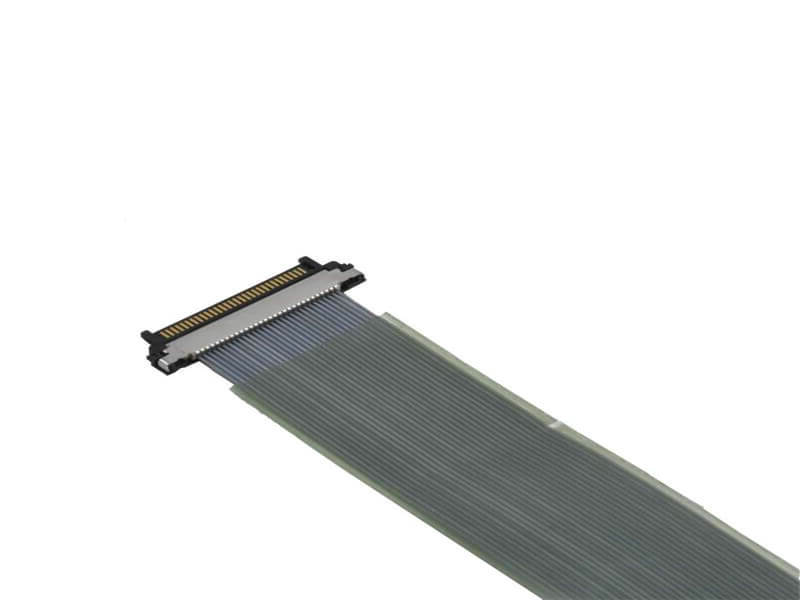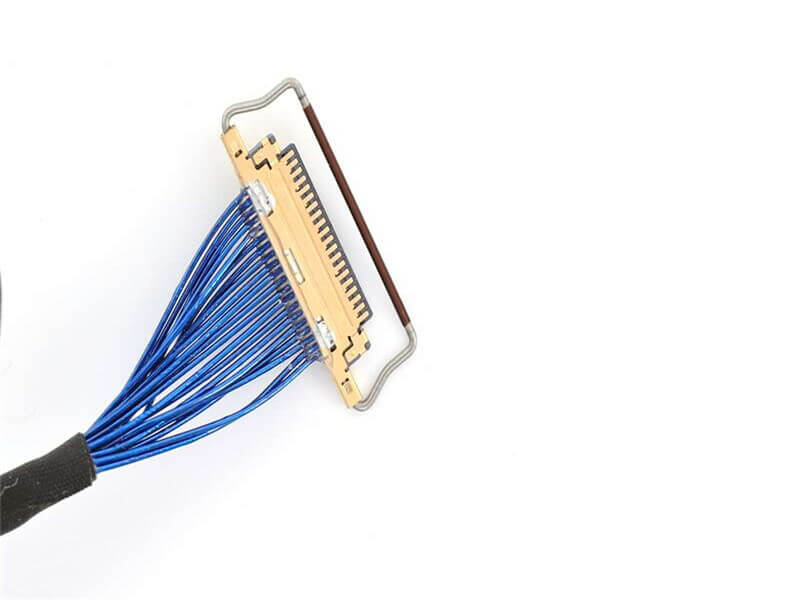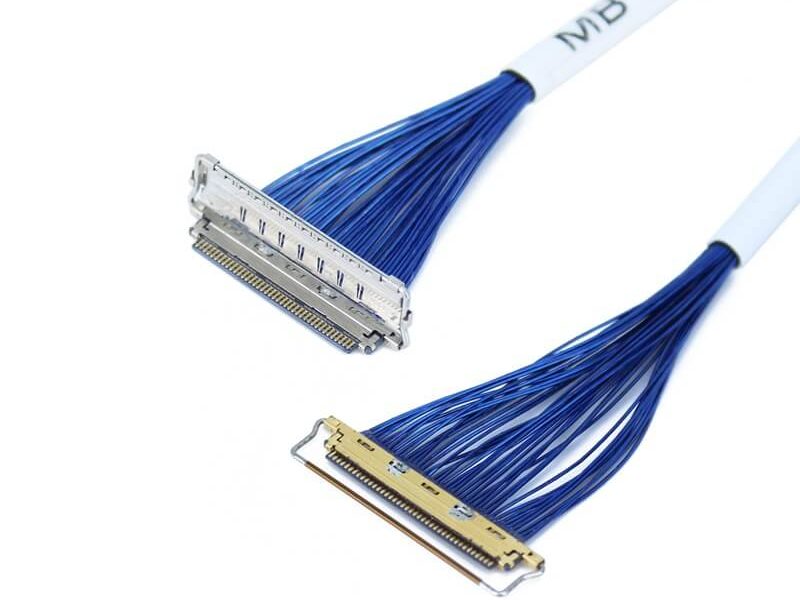Can Coaxial Cables Be Used for IPTV Transmission
nternet Protocol Television (IPTV) has revolutionized how we consume media, delivering live TV, video-on-demand, and interactive content over broadband networks. While fiber-optic and Ethernet cables are often considered the gold standard for IPTV transmission, many users wonder if coaxial cables—a legacy infrastructure still prevalent in homes and institutions—can support modern IPTV services.
- Understanding Coaxial Cables and IPTV Requirements
What Makes Coaxial Cables Unique?
Coaxial cables consist of a central copper conductor surrounded by insulation, a metallic shield, and an outer plastic jacket. Historically, they were designed for analog TV signals and radio frequency (RF) transmission. Key properties include:
Bandwidth: Up to 1 GHz (for modern RG-6 cables).
Distance: Supports signals up to 150 meters without amplification.
Noise Immunity: Shielded design minimizes electromagnetic interference (EMI).
IPTV’s Technical Demands
IPTV streams high-definition (HD) and ultra-HD content over IP networks, requiring:
High Bandwidth: At least 25 Mbps for 4K streaming.
Low Latency: <50 ms for live TV and gaming.
Two-Way Communication: To support video-on-demand (VoD) and interactive features.
2. Coaxial Cables for IPTV: How It Works
While coaxial cables were not originally designed for IP-based data, technologies like MoCA (Multimedia over Coax Alliance) and DOCSIS (Data Over Cable Service Interface Specification) enable IPTV transmission over existing coaxial networks.
A. MoCA: Transforming Coax into an IP Network
MoCA 2.5, the latest standard, converts coaxial cables into high-speed Ethernet-like channels:
Speed: Up to 2.5 Gbps throughput.
Latency: <5 ms, ideal for real-time streaming.
Compatibility: Works with existing coaxial wiring in homes.
Use Case: A home with coaxial cabling can use MoCA adapters to connect IPTV set-top boxes to the router without installing new Ethernet lines.
B. DOCSIS: Bridging Coax and Broadband
Cable internet providers use DOCSIS 3.1 to deliver IPTV over coaxial infrastructure:
Speed: Up to 10 Gbps download / 2 Gbps upload.
Channel Bonding: Combines multiple frequency channels for higher bandwidth.
Use Case: Comcast Xfinity and Spectrum use DOCSIS to offer IPTV services like X1 and Spectrum TV.
3. Advantages of Coaxial Cables for IPTV
A. Leveraging Existing Infrastructure
Millions of homes already have coaxial wiring, making it a cost-effective solution for IPTV deployment.
B. High Bandwidth Capacity
Modern coaxial cables with MoCA or DOCSIS outperform standard Cat5e Ethernet (1 Gbps) in multi-device environments.
C. Reliability in EMI-Prone Environments
Coaxial shielding ensures stable signal quality in areas with heavy Wi-Fi congestion or industrial EMI.
4. Limitations and Challenges
A. Signal Degradation Over Distance
Beyond 150 meters, coaxial cables require amplifiers or repeaters, increasing complexity.
B. Limited Upload Speeds (DOCSIS)
While DOCSIS 3.1 offers high download speeds, upload speeds lag behind fiber-to-the-home (FTTH) solutions.
C. Compatibility with Modern Standards
Legacy coaxial systems (e.g., RG-59) lack the bandwidth for 4K IPTV and may need upgrading to RG-6 or RG-11.
5. Coaxial vs. Fiber and Ethernet for IPTV
Factor Coaxial (MoCA/DOCSIS) Fiber-Optic Ethernet (Cat6/6a)
Max Speed 2.5–10 Gbps 100+ Gbps 10 Gbps
Latency <5 ms <1 ms <1 ms
Installation Cost Low (existing wiring) High Moderate
Future-Proofing Limited Excellent Good
6. Practical Implementation Scenarios
Scenario 1: Residential IPTV Over Coaxial
Setup: MoCA adapters connect a router to IPTV set-top boxes via coaxial wall outlets.
Benefits: Eliminates Wi-Fi buffering; supports 4K streaming on multiple TVs.
Scenario 2: Hospitality and MDUs
Hotels and apartment complexes use centralized DOCSIS-based IPTV systems to deliver content to hundreds of rooms without fiber installation.
7. Upgrading Coaxial Networks for IPTV
To maximize coaxial performance:
Replace RG-59 with RG-6: Higher bandwidth and shielding.
Install MoCA 2.5 Adapters: Ensure full duplex communication for VoD.
Use Quad-Shielded Cables: Reduce signal leakage in dense environments.
8. The Future of Coaxial Cables in IPTV
MoCA 3.0: Expected to deliver 10 Gbps speeds, rivaling fiber.
5G Convergence: Hybrid networks combining coaxial backbones with 5G for last-mile delivery.





